

The Great Recovery is a series examining how a surge in innovation, outreach, access and attention to equity is improving our mental health system. It is supported by a grant from Wellcome Trust.
Ogiek beekeepers in Kenya are noticing less honey in their hives.
For generations, this hunter-gatherer community has lived within the lush Mau Forest that carpets part of southwest Kenya. The Ogiek are deeply connected to this rich environment, explains Daniel Kobei, executive director of the Ogiek Peoples’ Development Program: “Most of our lives entail being in the forest.”
Beekeeping is one particularly strong connection. Honey collected from Ogiek hives is central to the community as food and for rituals; in the wedding ceremony, a bride brings honey to the home of the bridegroom. These days, honey plays an economic role on top of its cultural significance, as Ogiek beekeepers sell some for income.
Now, decreasing biodiversity and changing rain patterns in the Mau Forest are evident in the community’s hives, according to Kobei. Swaths of forest have been logged, replaced with plantations of non-native trees that don’t produce pollen. With less rain, flowers don’t blossom as much. Bee populations are declining, particularly the stingless bee. According to Kobei, some Ogiek beekeepers who used to harvest honey twice a year now collect honey just once.
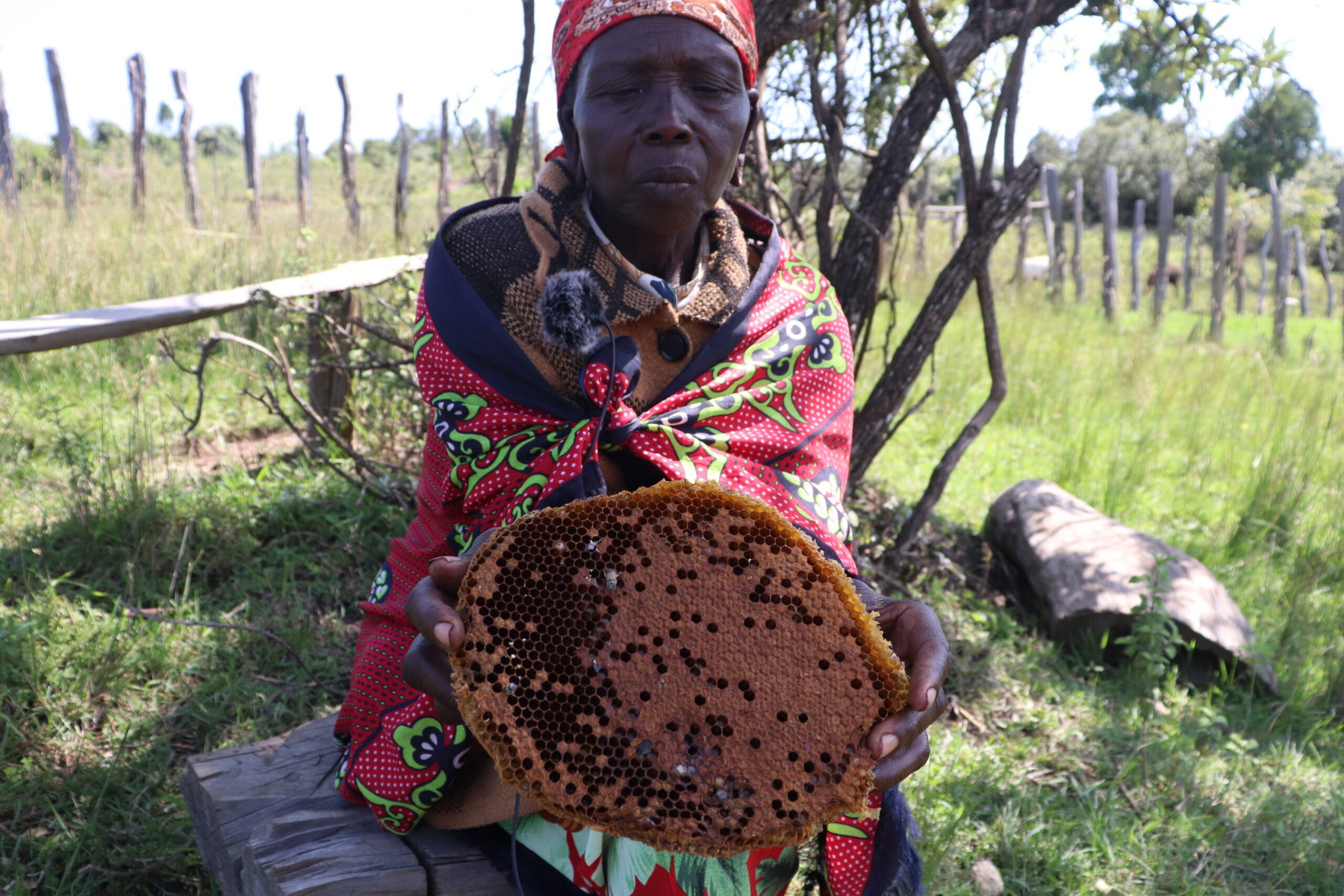
The environmental changes impacting beehives compound the disconnection the community has already experienced as they have been evicted from their ancestral home. While the community has long fought for their rights to the forest — they scored a landmark legal victory last year — Ogiek people have been kept away from their places of rituals, their beehives, their homes.
“That kind of disconnect has also disconnected the minds of people, made them feel like they are not OK, weak in the bodies, weak in the mind,” Kobei says.
Many Indigenous communities have traditions that deeply tie them to the land and environment. For example, manoomin, or wild rice, is very important for Anishinaabe peoples. The plants, which grow in bodies of water, have been affected by dams, and now periods of heavy rain, drought and higher temperatures, explains Kyle Hill, an incoming University of Minnesota assistant professor who researches the intersection of Indigenous health and climate change. An enrolled member of the Turtle Mountain Band of Chippewa, and a descendant of the Sisseton-Wahpeton Oyate and Cheyenne River Sioux Tribe, Hill is exploring how traditional Indigenous practices can support mental health in the face of climate change.
For communities entwined with the land, melting glaciers and diminishing biodiversity aren’t just abstract ecological concerns — they are traumatic events that represent loss of culture. But understanding the impacts that the current environmental changes are having on Indigenous peoples’ wellbeing also involves looking at broader events and policies. Long before climate change started to impact ecosystems, Indigenous peoples’ connections to their lands had been strained by legacies of colonialism and genocide. Communities have been forced to relocate and dispossessed of the vast majority of their ancestral lands. Climate change is now adding to that strain.
When it comes to their relationship with the land, Indigenous peoples experience the current environmental changes as interwoven with these violations. Research efforts, including a network called Land Body Ecologies, an initiative formed by interactive arts studio Invisible Flock that the Ogiek Peoples’ Development Program is a part of, are exploring the impacts of this multifaceted land trauma and community-driven ways of responding to it. (Both Land Body Ecologies and this reporting are supported by the Wellcome Trust.)
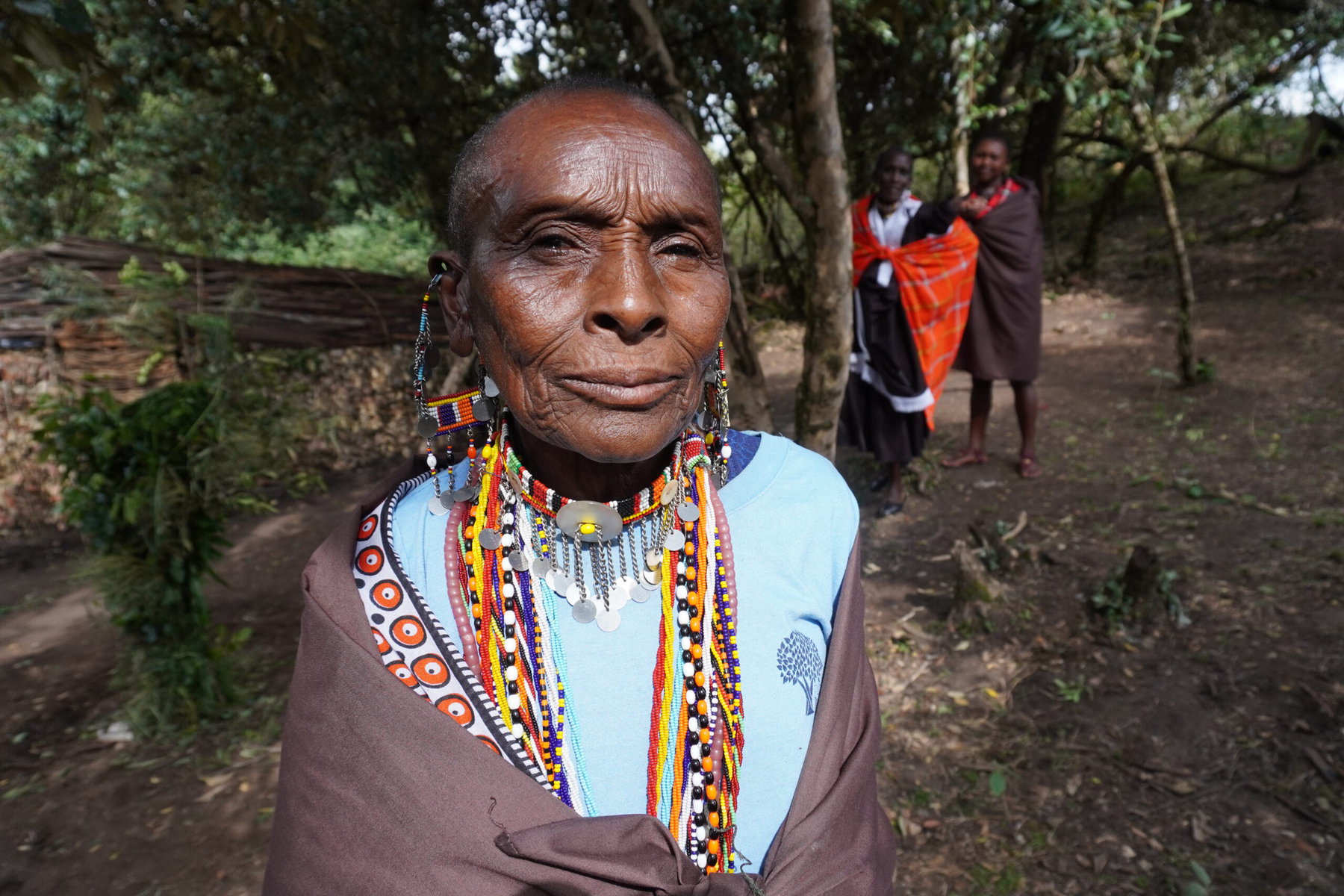
“You kept hearing about concepts like ecoanxiety, where climate change is causing this fear of what’s to come,” says Samrawit Gougsa, head of communications at Minority Rights Group International and a core team member of Land Body Ecologies. “From our partnerships and what we were hearing is that, it’s happening right now. It’s not just about what’s to come. It’s, how are we dealing with what’s in front of us?”
In the West, health is often considered to cover the categories physical and mental health, explains Gougsa. Indigenous communities often include two additional categories: spiritual health and emotional wellbeing. For communities whose traditions and practices are deeply entwined with the land and the environment, changes directly and indirectly linked to the climate crisis can seriously affect health across all these categories.
Through Land Body Ecologies, a network that includes communities and partners in Kenya, Uganda, Finland, India, Thailand and the UK, community-led initiatives have been exploring these impacts. The research has shown an “inextricable link” between mental health and the impacts of climate change on culture, explains Gougsa.
The bees and the declining honey harvest are a prime example of that link. “The bee is the extension of the Ogiek identity. Their name means ‘caretaker of all flora and fauna,’” says Gougsa. “It’s hard to conceptualize, but it is almost as though the identity of the Ogiek is disappearing with the declining bee population. So that has a spiritual, emotional and mental health impact.”
Changes in relationships between communities and the land due to climate change vary. There are direct links — melting ice, drought, or weather shifts that affect availability of traditional food and medicine. Social and political reactions to climate change also have an impact. In some cases, communities — like the Ogiek — have been forced from their lands on the grounds of conservation policies. Even communities that no longer live in their homelands can be aware of, and feel impacts related to, changes to their environments.
“If climate change is interpreted as a form of violence to, say, the land, Indigenous worldviews look at the land as an extension of the self,” Gougsa says, “so can you argue that land is body?”
Around the world, as Indigenous communities are experiencing environmental changes related to the abundance of snow and ice, rainfall, drought and high temperatures, research finds that community members have expressed feelings including sadness, fear and reduced sense of self-worth. Communities in the Circumpolar North experienced stress, sadness, frustration and more as changes to the environment have disrupted their relationships with the land, restricted travel and reduced access to traditional foods.
For some Indigenous people, the mental health impacts of climate change can be complicated, according to Hill.
“Our belief systems were so eco-centric, in the way that we understand our ways relative to the ecosystems around us and we engage in interdependence,” he says. “That’s both profoundly beautiful and wonderful, but then it’s also kind of scary when you’re facing issues like environmental shifts and climate change.”
Weighed down by negative news?
Our smart, bright, weekly newsletter is the uplift you’ve been looking for.With the compounding stressors of dispossession of their lands and the ongoing effects of climate change, it is difficult to find a path for healing, Hill says. “You’re constantly just going from one loss to the next and not really resolving any of those losses.”
As people in tribal communities today are relearning traditional knowledge, Hill says, they’re faced with the impacts of climate change on the land.
“How can you grieve something that you don’t know you’ve lost, or you don’t know is changing?” asks Hill.
The term “solastalgia,” coined by philosopher Glenn Albrecht, refers to feelings of homesickness without leaving home because of changes in the environment. Hill finds another term helpful — “ecological grief,” which describes grieving of losses in the environment.
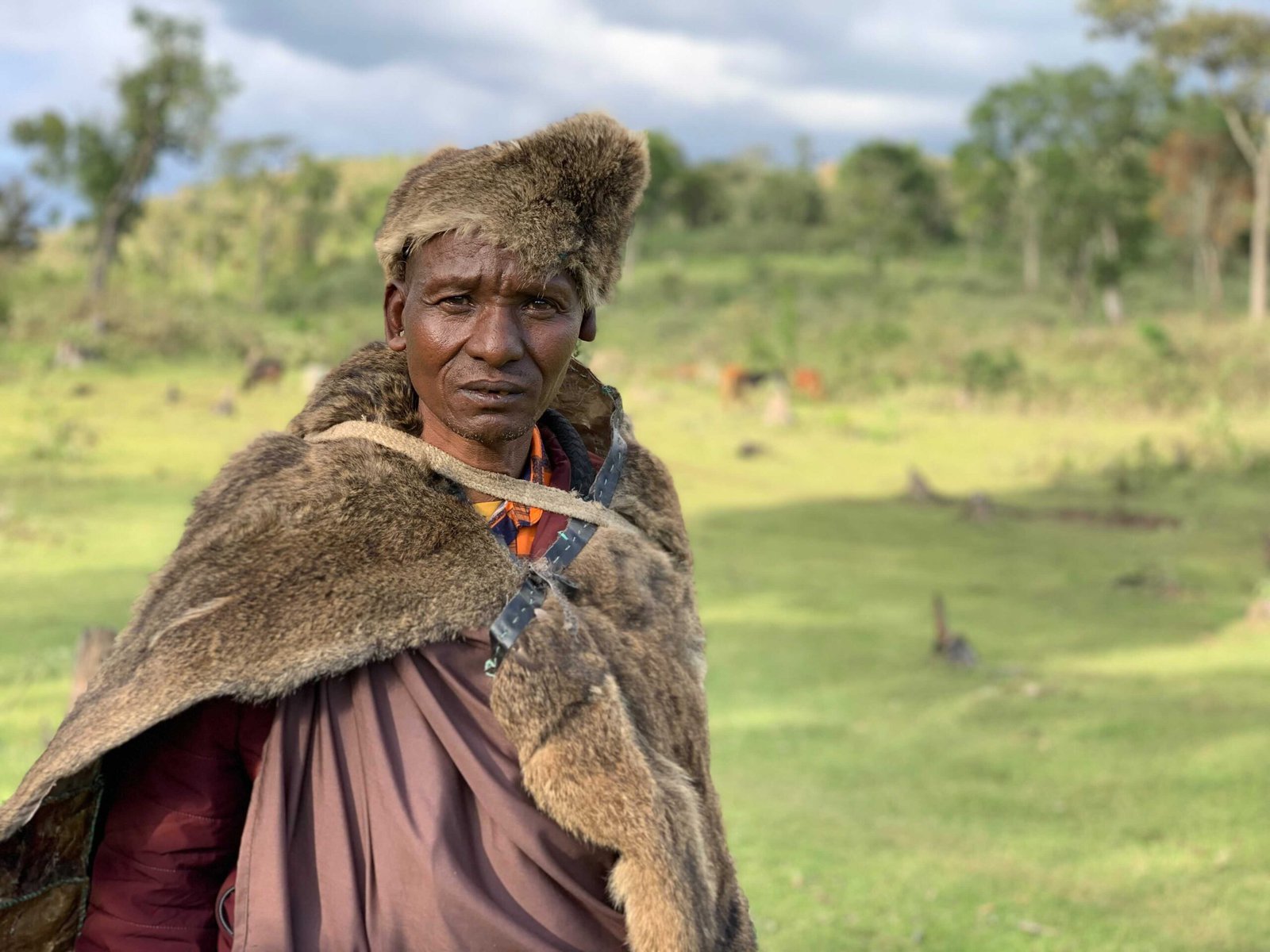
The mental health impacts related to climate change are wide-ranging, according to Renzo Guinto, a physician and director of the Planetary and Global Health Program of the St. Luke’s Medical Center College of Medicine in Manila.
People’s experiences vary depending on many different factors, Guinto explains: “Between the rich and the poor, between people living in the Global North and people living in the Global South, people who are experiencing different kinds of climate hazards.”
As researchers explore this nexus, Guinto sees community-rooted approaches as “paramount” to understanding the psychological impacts of climate change, and to figuring out how to support people in culturally specific ways, whether focused on regions hard-hit by natural disasters or on groups like rural farmers. Rather than researchers coming to communities, collecting data, and returning to their institutions, he says studies should be inclusive, perhaps involving community members as co-researchers. “These research questions require deep engagement with the community, listening to their feelings, their voices, their experiences, capturing them in a respectful way.”
That also means looking beyond typical Western approaches. Indigenous communities have different ways of knowing and understanding. Research strategies that are inclusive of Indigenous worldviews are key to supporting people, he says: “We cannot be copying a Western intervention and applying it to non-Western communities and societies.”
The Batwa people of Uganda are no strangers to research. The Indigenous community, evicted from their ancestral forest home in the early 1990s when the Ugandan government designated the area for conservation, had frequently engaged with non-Batwa researchers, according to Action for Batwa Empowerment Group Chief Executive Officer Sylvia Kokunda.
Kokunda explains that findings from those projects were never reported to the community, so the results weren’t useful to the people who had participated. “They don’t involve us in the research,” she says. “They just collect the data and go.”
As Kokunda began collaborating with Land Body Ecologies, she was aware of the fatigue within the community. She and her colleagues came up with a different approach to learn from the community about how the disconnection from their homeland impacted their mental health.
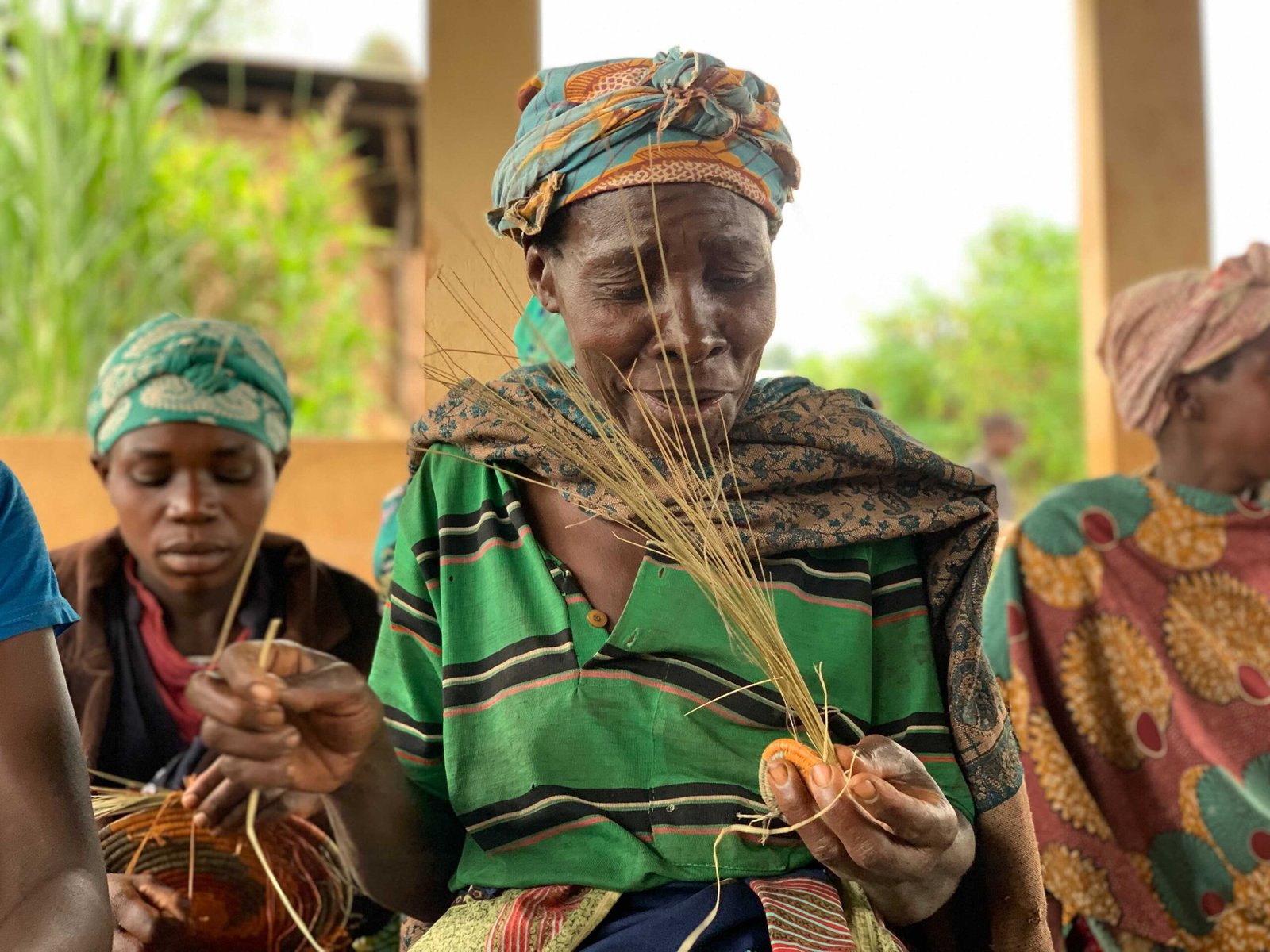
The collective hired and trained Batwa research assistants, who carried out a research program driven by storytelling. They interviewed some people who had lived in the forest before eviction, and some younger people who were born later. Storytelling took many forms, according to Kokunda. Sometimes researchers prompted interviewees by giving them polaroid cameras, then asking about the photographs they took. A paper based on the research, authored by Batwa researchers including Kokunda, was published in August.
Kokunda believes that the project collected more in-depth responses because instead of non-Batwa interviewers, who are strangers to the community, the researchers were young Batwa people themselves. Talking to young people from their own community helped the interviewees to open up, Kokunda explains.
In seeking to better understand how climate change is impacting communities, Land Body Ecologies’ research finds that while some places experience direct effects — like melting ice — in other places, the mental health impacts of climate change are interwoven with other factors impacting communities’ ancestral lands, according to Gougsa. In some cases, the policies that have separated Indigenous peoples from their homelands are themselves responses to the biodiversity crisis and climate change: the Batwa, for instance, were evicted for the stated purpose of conserving land.
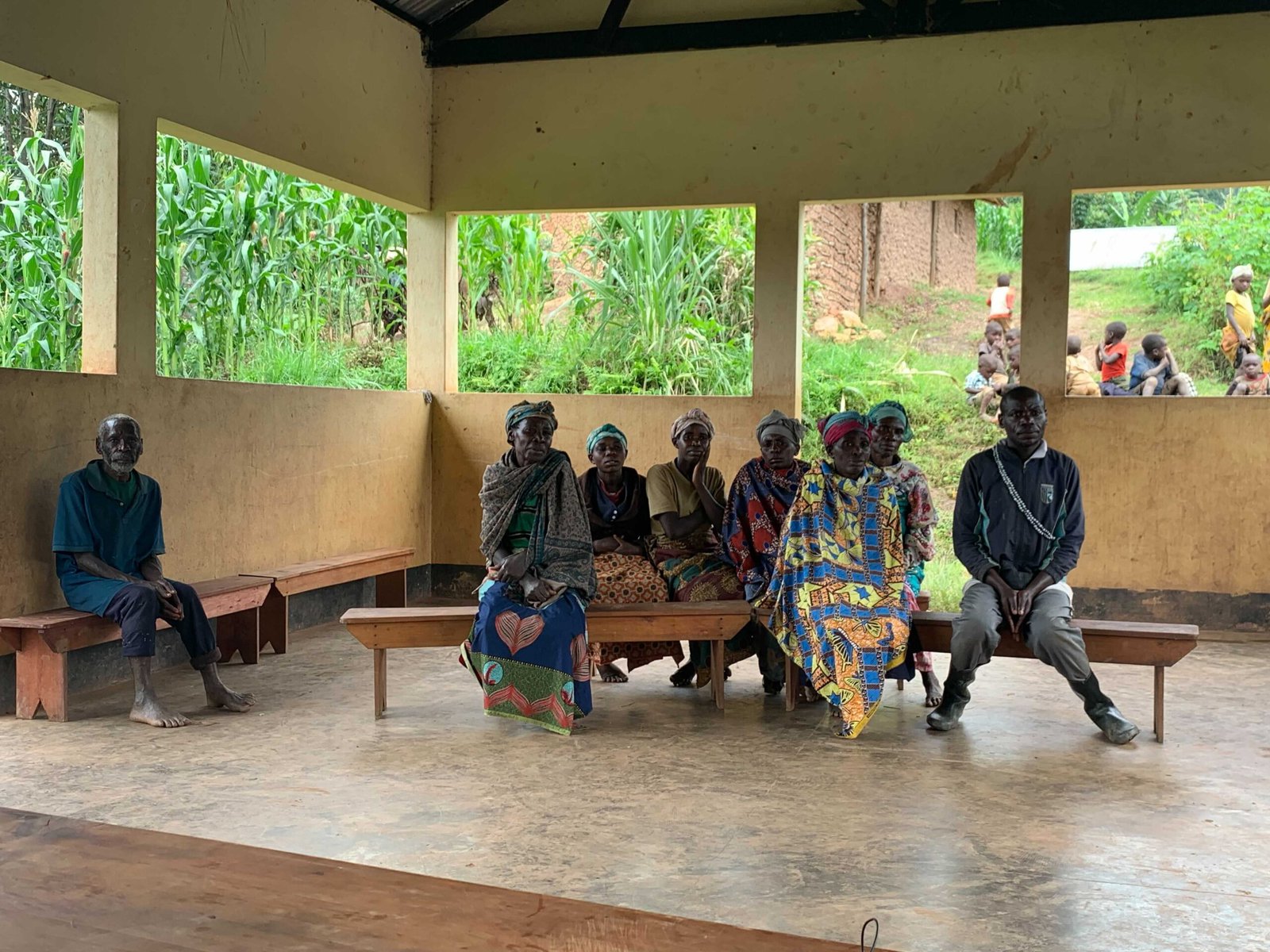
The Ogiek were also evicted on the grounds of conserving the Mau Forest. The eviction is the major trauma for the community, Kobei explains. But the community is also impacted by changes to the forest environment. Herbal medicine doesn’t grow where it used to, so Ogiek people must travel farther, he says. A few years ago, there were floods at higher elevations in the forest, which only used to happen in low-lying areas.
Through Land Body Ecologies, the Ogiek Peoples’ Development Program also carried out research into the mental health impacts of the eviction and the community’s disconnection from the Mau Forest. Researchers conducted interviews and focus groups with 50 participants. Even going through the process, asking people to talk about their stories and what they’ve lost, helped, according to Kobei: “When you tell a story to somebody, what you’re feeling, it is like half-solved.”
This storytelling approach aims to create a richer understanding through narratives. Traditional western psychiatry is often focused on identifying an event that caused mental distress, according to Ayesha Ahmad, a reader at St George’s University of London and a team member with Land Body Ecologies. By looking beyond the medical paradigm, research can glean a better understanding of how people are impacted by disconnection from the land, whether through environmental change, eviction or otherwise.
“Part of it is to understand that the land is important for people,” says Ahmad. “Particularly in psychiatry, it’s focusing very much on the mind, the mental, the unseen, the intangible, whereas the land is the complete opposite of that.”
Understanding the community’s story is important for figuring out how best to help, too. “Communities know how they’re suffering, but they also know how to heal and they also know what affects their wellbeing positively and negatively,” Ahmad says. “If we understand the community, if we know the community’s story, then … we can have a greater approach to how we can respond to that.”
In the US, research involving tribal communities has had many ethical issues in the past. There’s wariness about sharing Indigenous ways of knowing, especially with institutions linked to a legacy of damaging policies and agendas, according to Hill, of the University of Minnesota.
“All of that creates a situation where you have communities that are just not trusting of research,” says Hill. “Then all the good things that we do, whether that’s culturally-relevant, culturally-embedded research, interventions, prevention activities, it doesn’t get disseminated.”
Hill believes research protections are improving for tribally specific and culturally safe approaches. Some communities are developing institutional review boards.
In the face of climate change, Hill has been studying the impacts of engaging in traditional and spiritual practices on mental health among tribal communities in the US. In a recent project, he found that among Anishinaabe people, activities involving language and practices on the land correlated with positive mental health. That includes gathering herbal medicines, foraging for food, gardening, and going to spiritual ceremonies on the land.
“We get healthy when we do land-based activities,” he says.
The findings could have implications for protecting lands based on the rights of the Indigenous people who are deeply connected with those places.
“I think we’re creating a case that if you harm the land, it’s going to harm us because we’re not going to have as much opportunity to engage in these land-based activities as Indigenous peoples,” he says.
Among the Ogiek, there is optimism that people will return to their homes, according to Kobei. Since the African Court on Human and Peoples’ Rights 2022 ruling that Kenya must make reparations to the Ogiek for their eviction, the community has been in discussions with the government. The Ogiek have also been involved with restoring degraded areas of the Mau Forest by planting indigenous tree species. The community is also finding support by engaging in traditional practices together.
Through Land Body Ecologies, the Ogiek Peoples’ Development Program set up a community center where Ogiek people can gather. It offers a library, museum, services like adult education and meeting space for members of the community.
The center also hosts cultural events, like one focused on the connections between the Ogiek and nature. The center also has an herbarium where older members of the community can teach younger Ogiek people about herbal medicines, which many became interested in during the COVID-19 pandemic.
“It is a healing,” Kobei says. “Even bringing the Ogiek together in one area is not an easy thing.”





